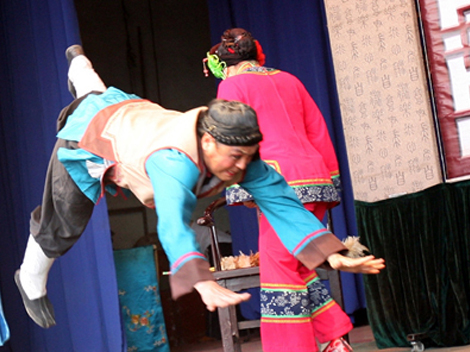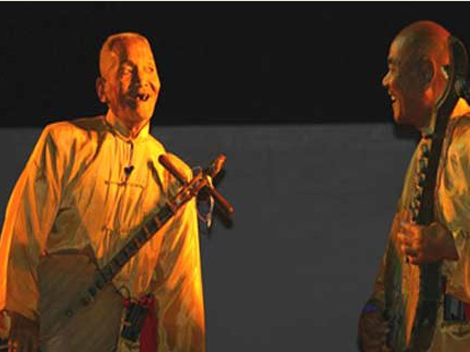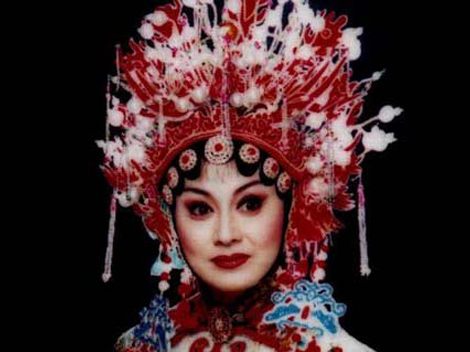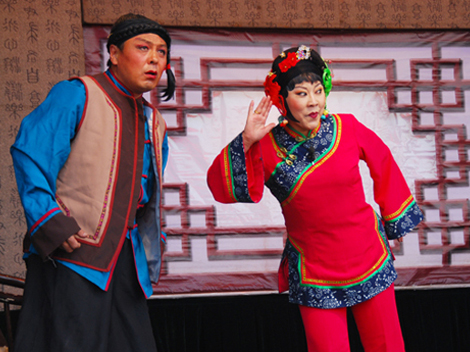
There are no textural records on the formation time of Wanwan Tone. Related investigation reveals that Li Fanggui in Weinan ever compiled a collection of playscripts named "Ten Play Books" during the Qianlong Period of the Qing Dynasty (1736 - 1795). Analysis on the libretto structure demonstrates that the primary aria of Wanwan Tone had been formed at that time. It is said that the Wanwan Tone in Yangxian County was created by Yong Chaojie, an artist in Wanjiagong, Yangxian County during the Qianlong Period of the Qing Dynasty. And Wanwan Tone in North Shaanxi is said to originate in Yihe Town, Suide County in the late Qing Dynasty and got popular in Suide and Mizhi region, with its aria being substantially influenced by Shanxi Opera. It is alleged that Wanwan Tone in Fengxian of Xifu came into existence before that of Dongfu (Tongzhou). The former had its prime time after the middle period of the Qing Dynasty, prevalent in Fengxiang and Qianyang region. In addition, Wanwan Tone in Shanxi Province was formed under the circumstances where artists in Dali region fled from famine to Shanxi around the 3rd year of Guangxu Period (1877).

Wanwan Tone is mainly performed with traditional formulas of Chinese operas together with the performing motions of characters in shadow plays. The singing is integrated with natural and falsetto voice of the young male role, young female role and Qingyi (usually a faithful wife role, lover or maiden in distress). Actor's lines are usually pronounced with natural voice, while drawls are displayed with falsetto voice. The old male role, mustached male role, old female role and clown would perform exclusively with natural voice; the male role with painted face usually performs with laryngeal and postcerebral voice. Such singing modes as ensemble, unison and vocal accompaniment are used in performance. Most of the librettos are passages consisting of seven or ten words; some are passages consisting of five words and "Sanbuqi" (lyrics). Arias of various schools have different features during the period of Shadow-play Wanwan Tone. Musical instruments used in the performance include stringed instruments (Yu-kin, rigid string and Banhu fiddle), wind instruments (Chinese oboe and cavalry bugle), and percussion instruments (slit drum, copper bowl, side drum, large drum, cymbal, ream, hand gong, large gong, etc.). Wanwan Tone is started with the performance of Yu-kin and followed by the accompaniment of rigid string and Banhu fiddle.

There are a huge number of repertoires of Wanwan Tone, with over 240 repertories having been recorded and published, including the "Ten Play Books" : Xianglian's Wear, Chunqiu Match, Shiwang Temple, Jade-swallow Hairpin, Baiyuzhen, Purple Glow Palace, Wanfu Lotus, Butterfly Matchmaker, Flame Foal, and Qingsu Nunnery.






